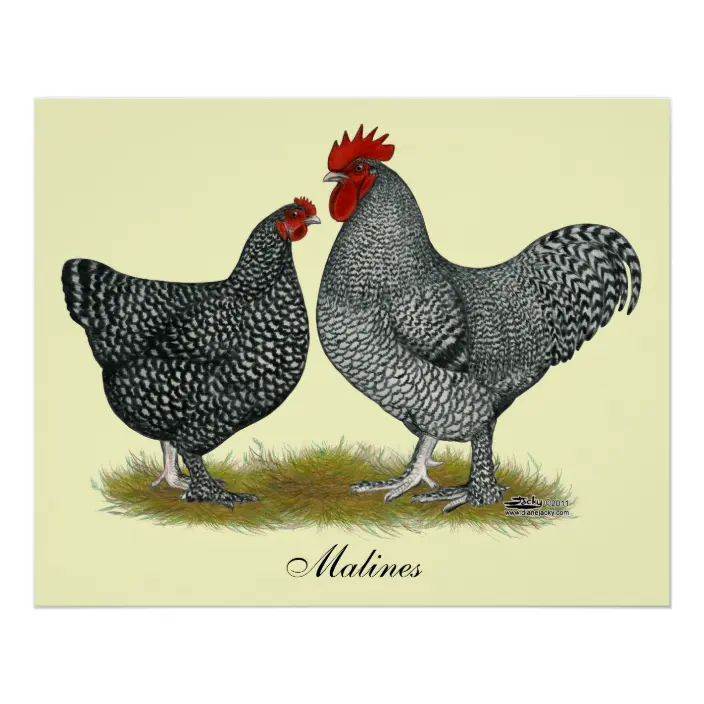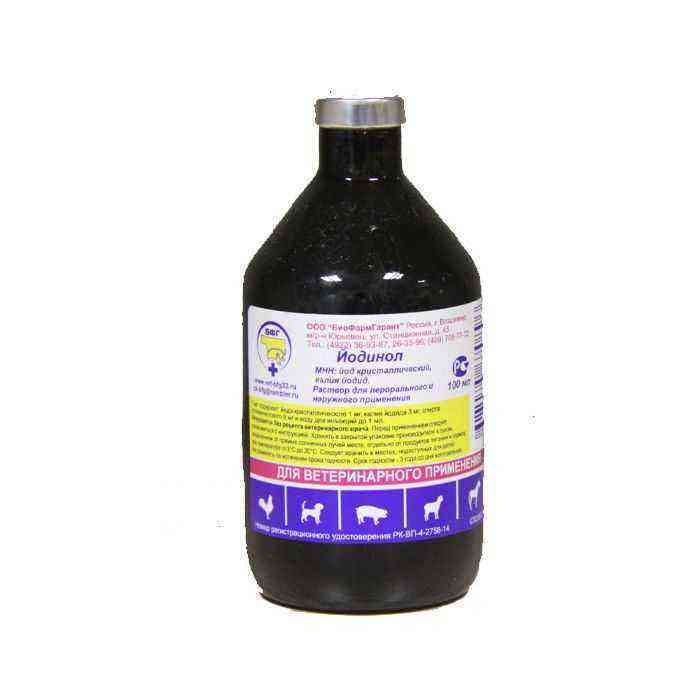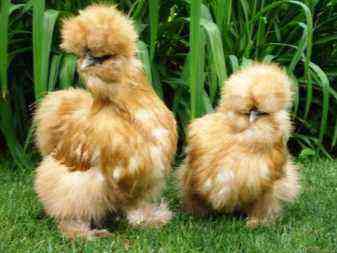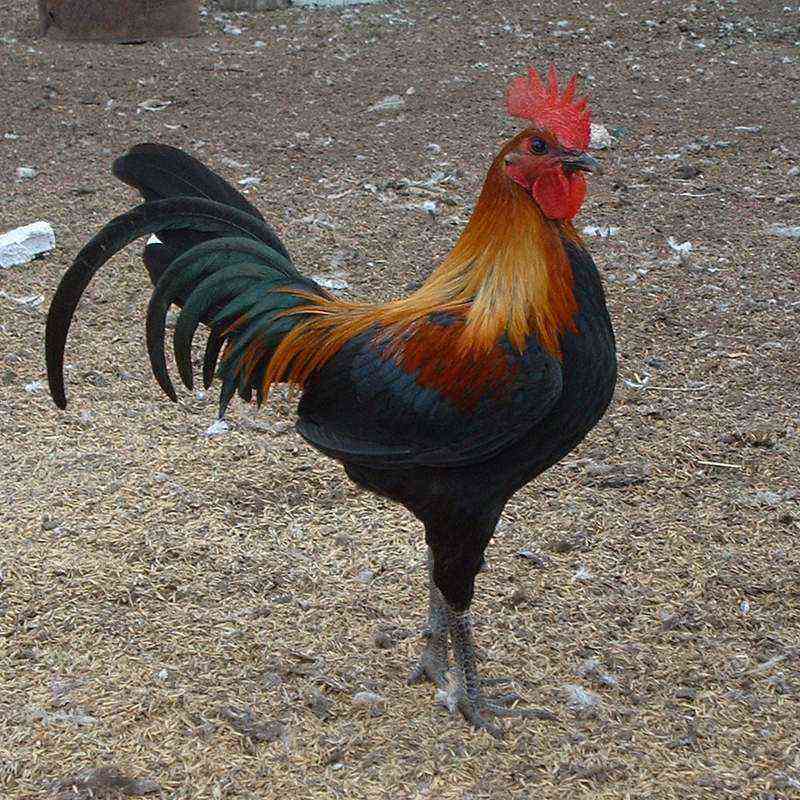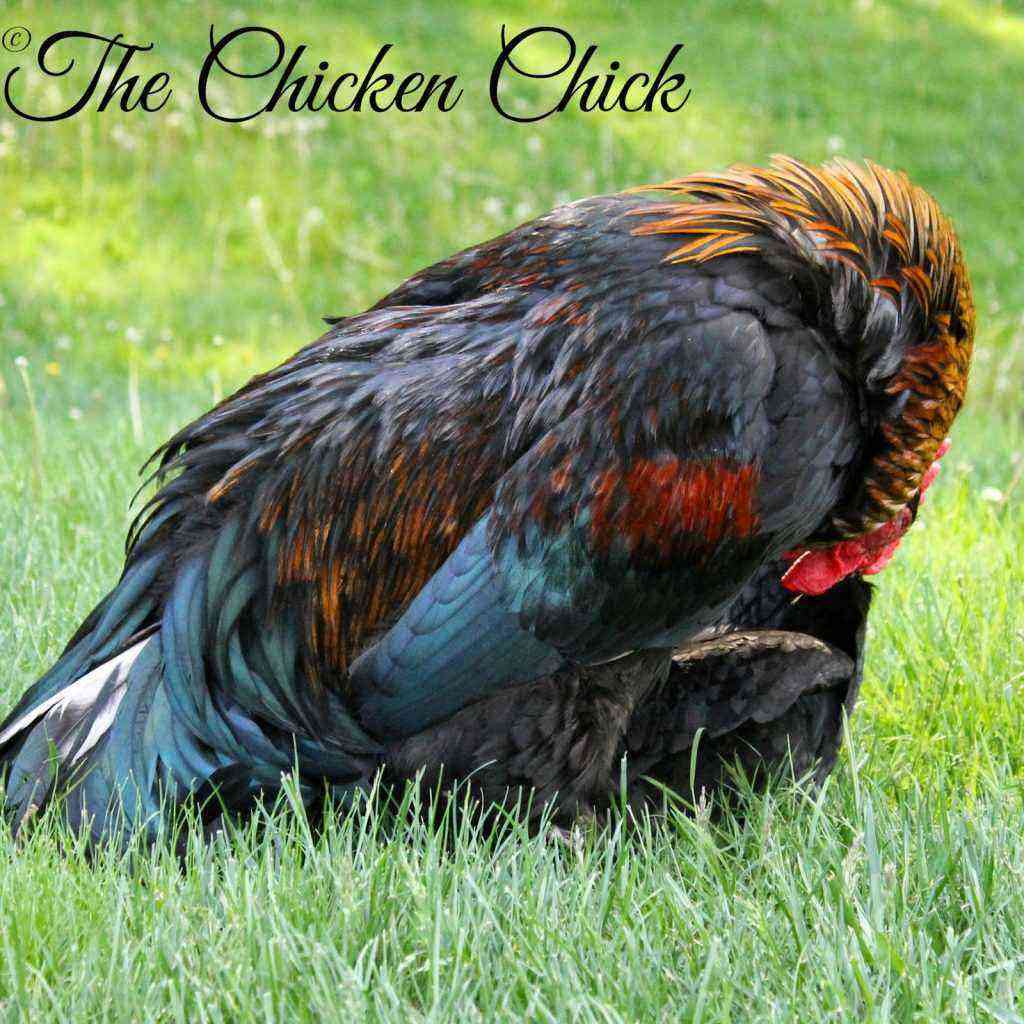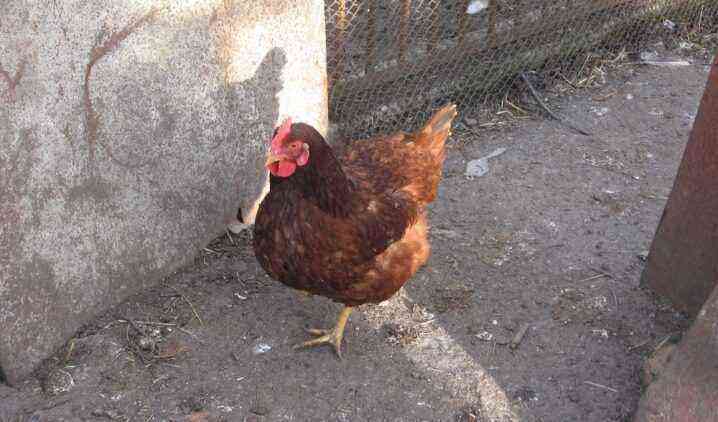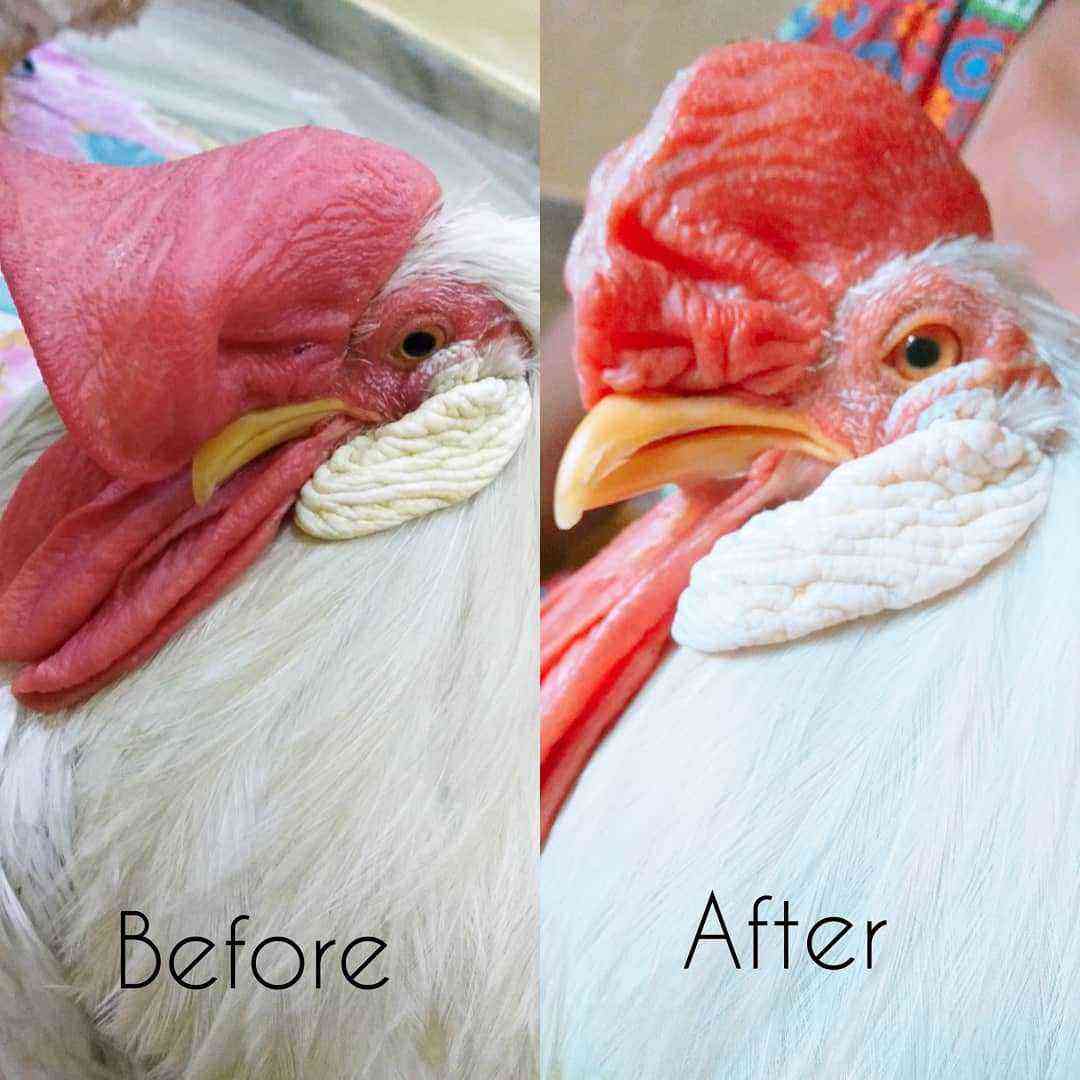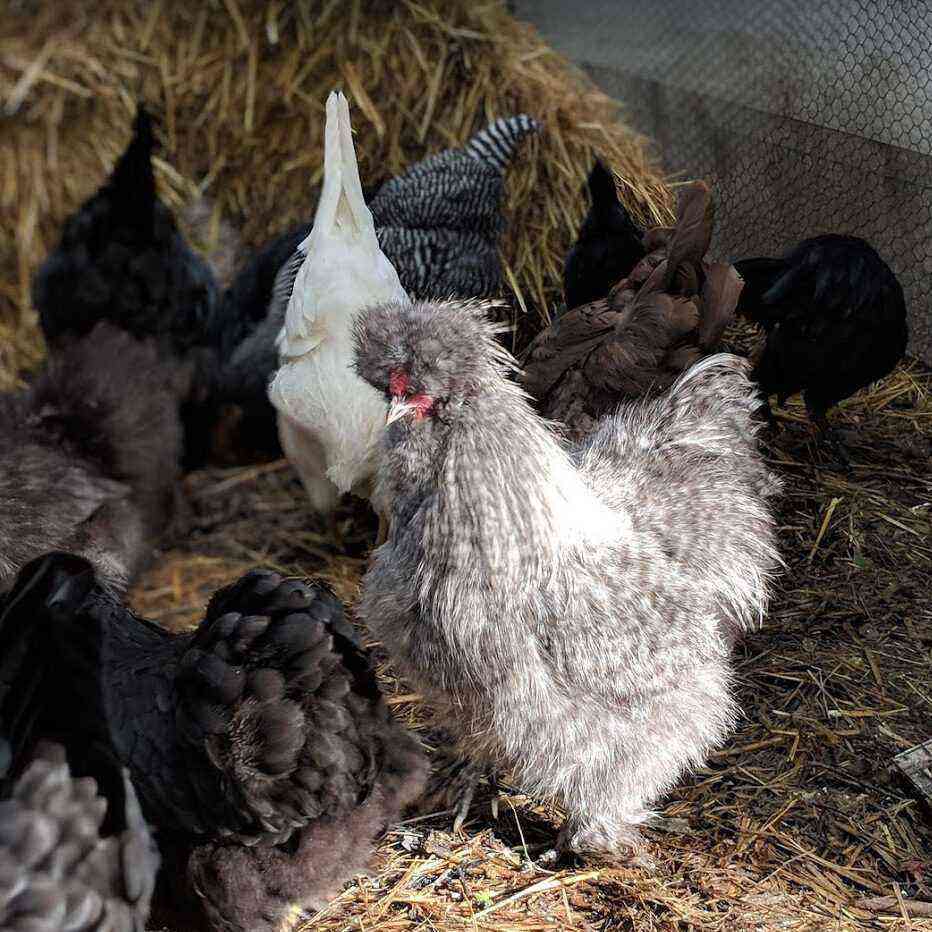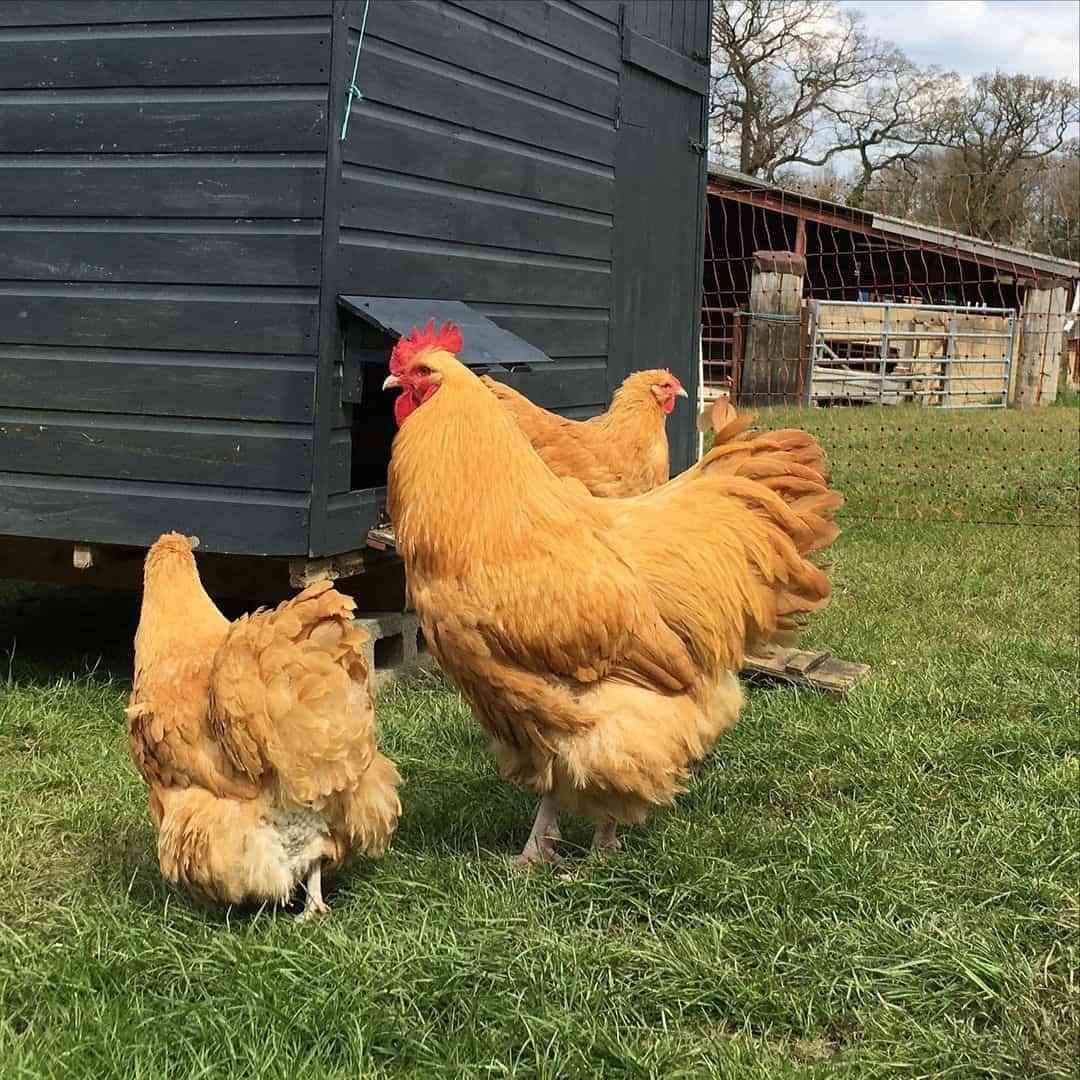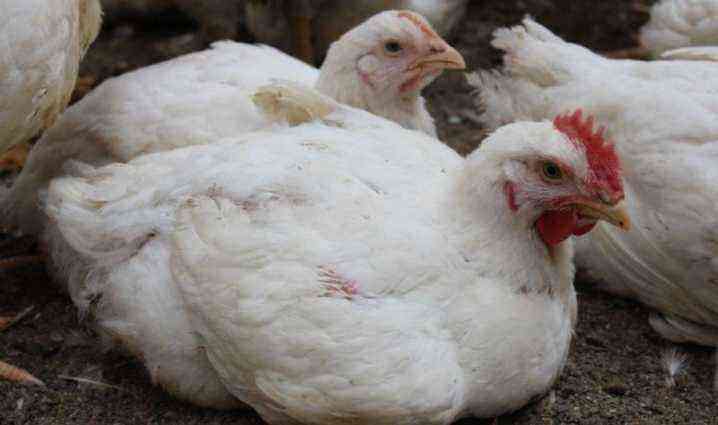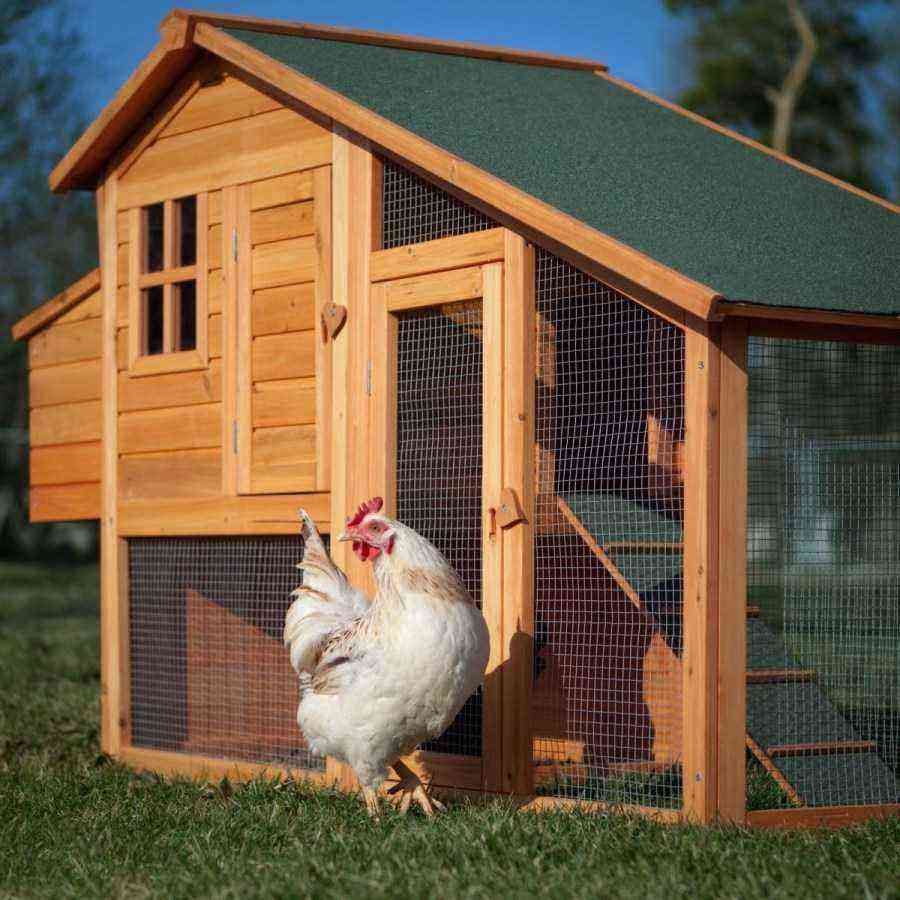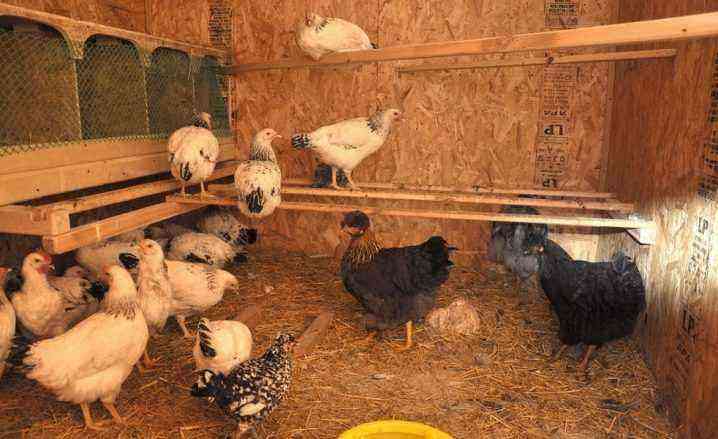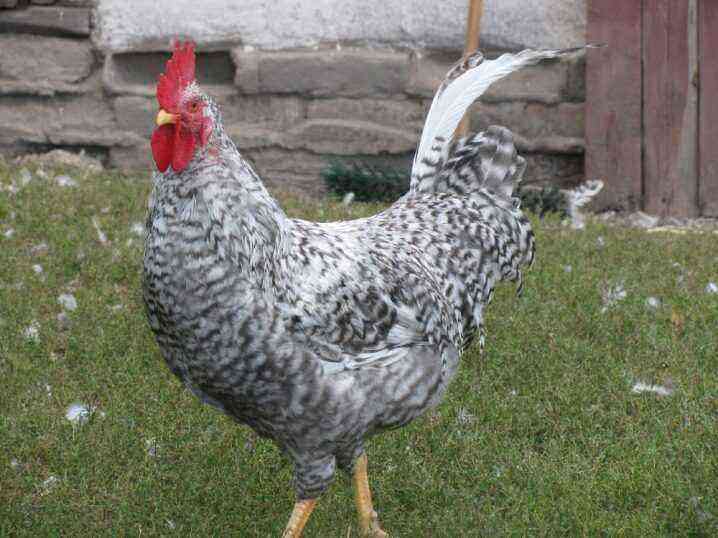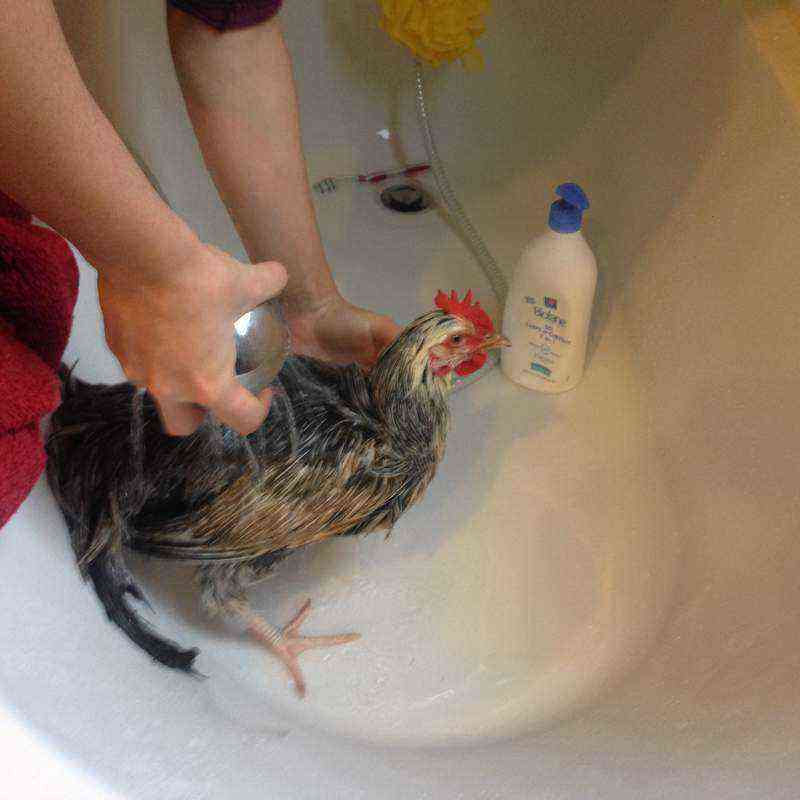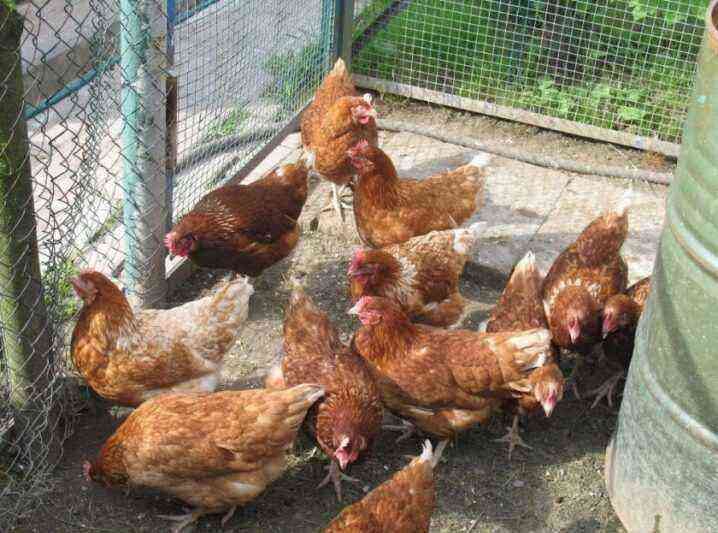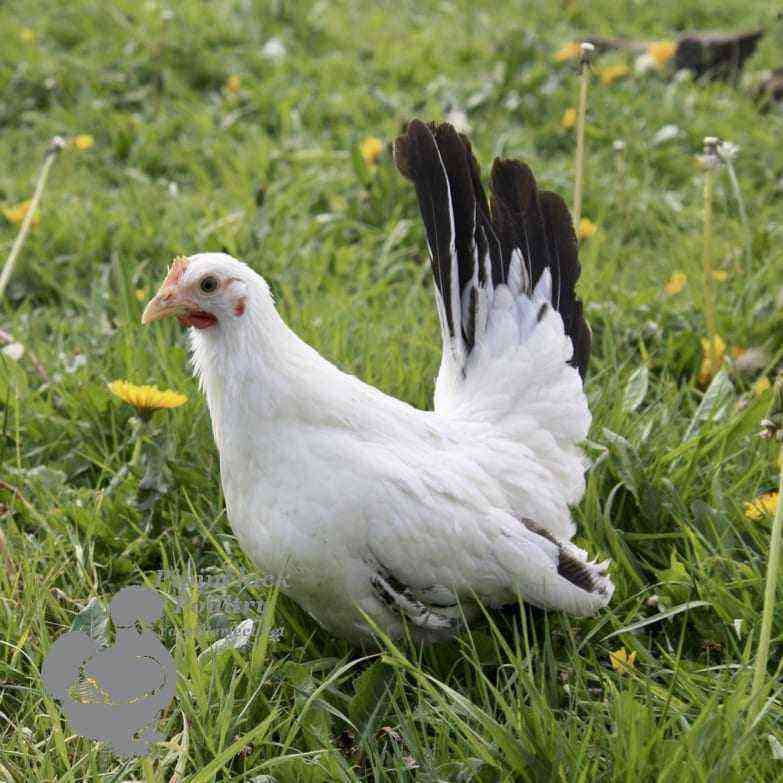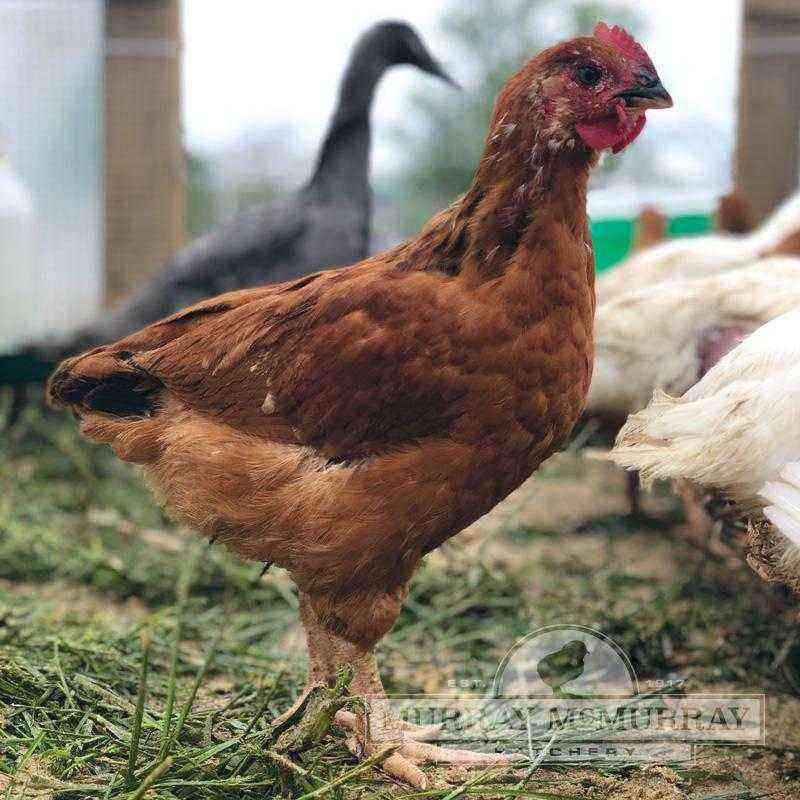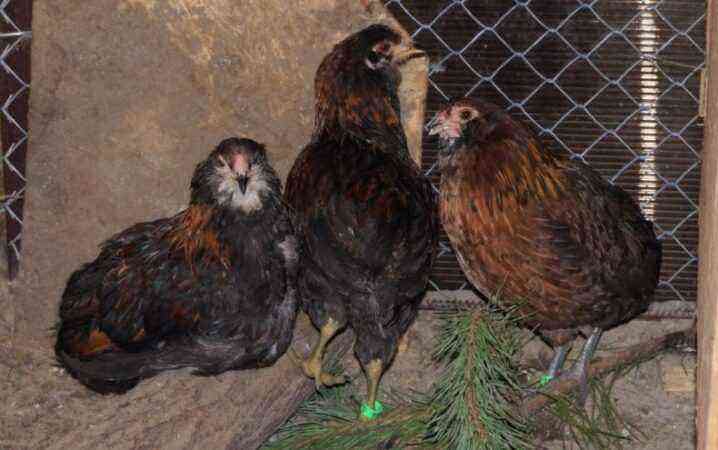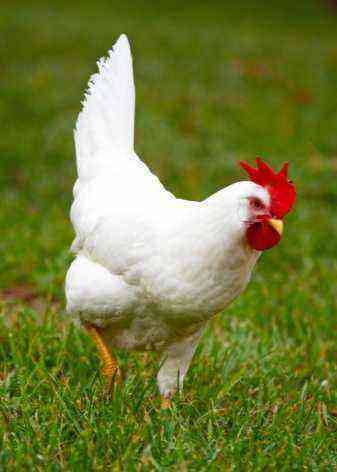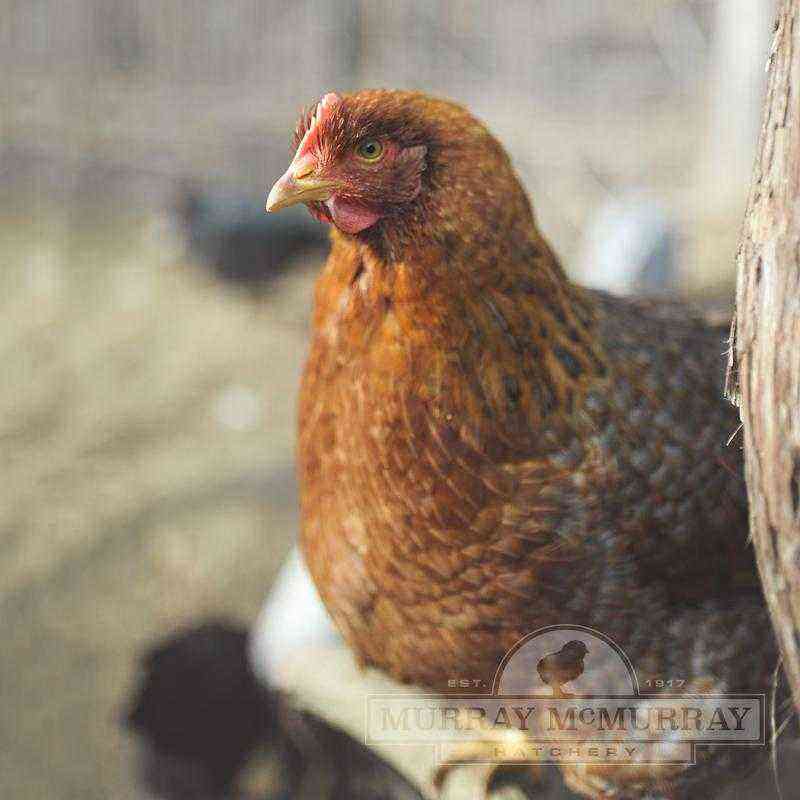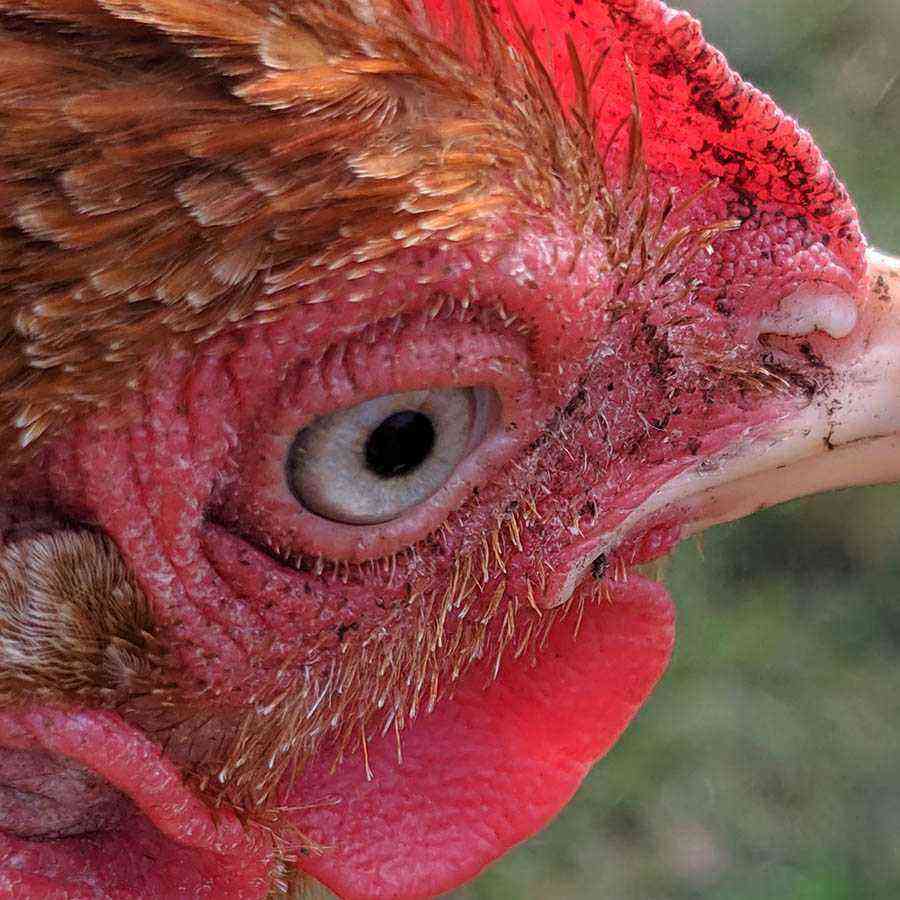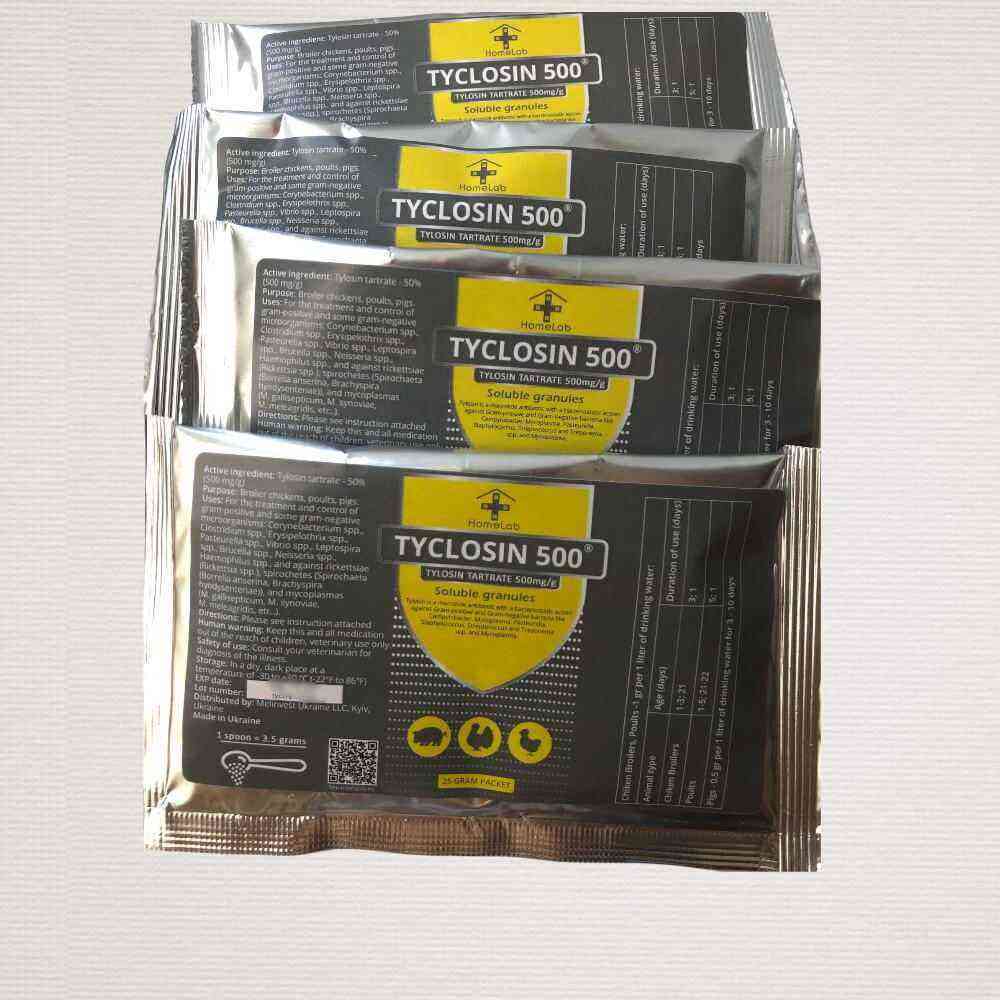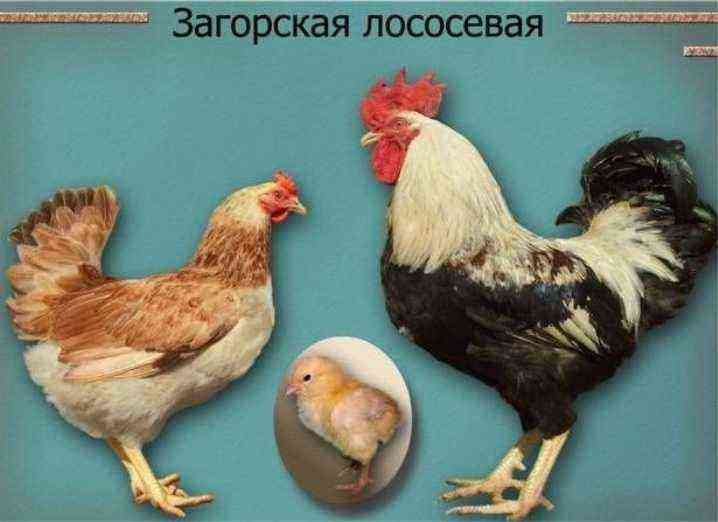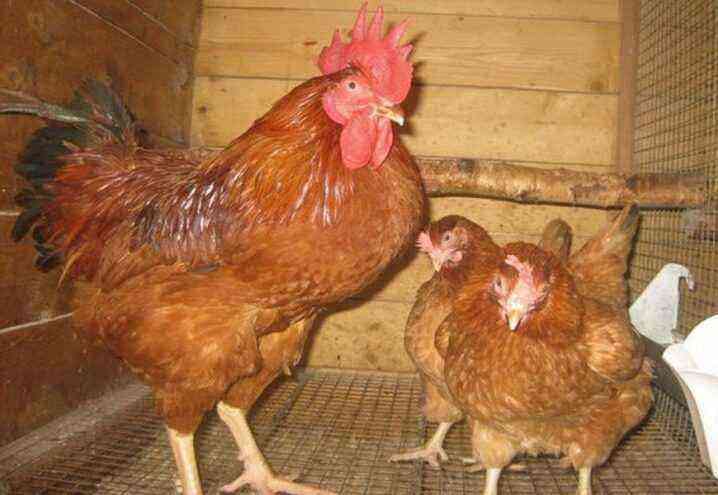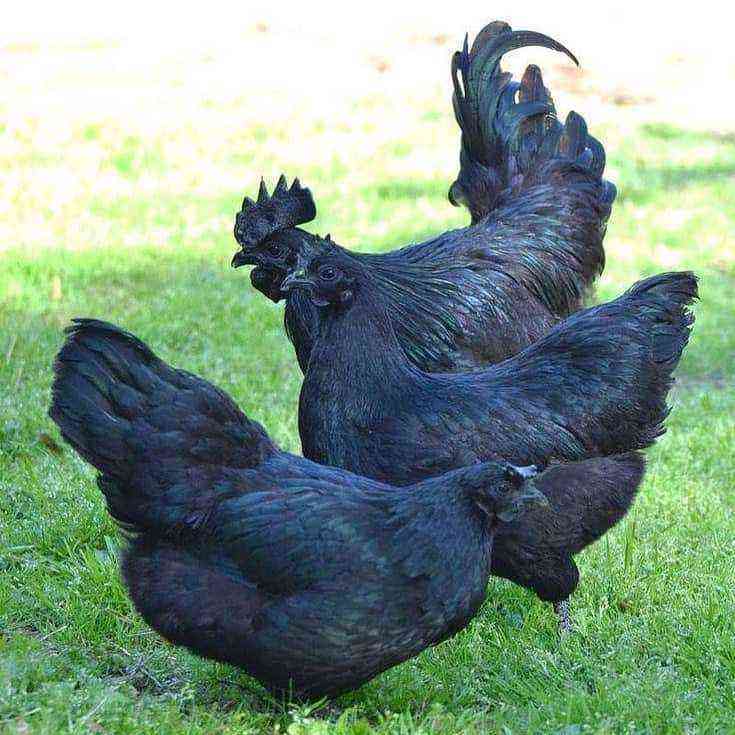Fleas are one of the most common pests in poultry. They are most dangerous for chickens, but they can often be found on other feathered pets, such as canaries and parrots. Owners of large farms can be seriously affected by the “invasion”, the reproduction of these insects. Fleas can cause the death of laying hens, affect egg production and spread infectious and other diseases in the poultry house: salmonellosis, brucellosis, trypanosomiasis, and also, albeit less often, plague and encephalitis.
Despite the fact that chicken fleas are more tenacious than those of cats and dogs, modern methods for breeding them are well developed, so it will not be difficult for the owner of the chicken coop to get rid of “uninvited” guests with the right recommendations and advice, but with the right actions it will be very effective and successful . The main thing is to do everything quickly. It is also worth noting that the elimination of parasites itself is somewhat specific.
Noticing a flea on a chicken’s body is not very easy unless the parasites are clustered together in some bare spot, such as on the legs, near the bird’s eyes or beak. They look like birthmarks. Chicken fleas can only survive in the plumage of laying hens. The optimum temperature for their existence should be 40°C. However, parasites cannot reproduce on the body of chickens. They forcefully push eggs out of themselves over a fairly long distance. Usually they fall on the nest or the floor of the chicken coop, where after a while they turn into tiny larvae, similar to worms, feeding on droppings, pieces of grass and dried blood in the excrement left by their “older generation”.
After a few weeks, the larvae turn into immobile pupae, which can wait for many months for a chicken to come to their habitat and linger nearby for a long time so that they “hatch out” from cocoons. A chicken flea lays up to six eggs at a time.
Another interesting point – fleas cannot exist without a bird. On the human body, they are cold and uncomfortable. They cannot bite through the skin of people enough to reach the blood vessels, as they do in laying hens and other feathered creatures. The only way these parasites can harm a person is to infect him with some serious illness, infection.
The breeding of fleas in a chicken coop can seriously affect the health of birds, as the latter constantly comb their bodies, pull out feathers from themselves, they may develop anemia, chickens become exhausted and stop eating. All this leads to the death of the number of laying hens and, accordingly, to large financial losses for their owner.

